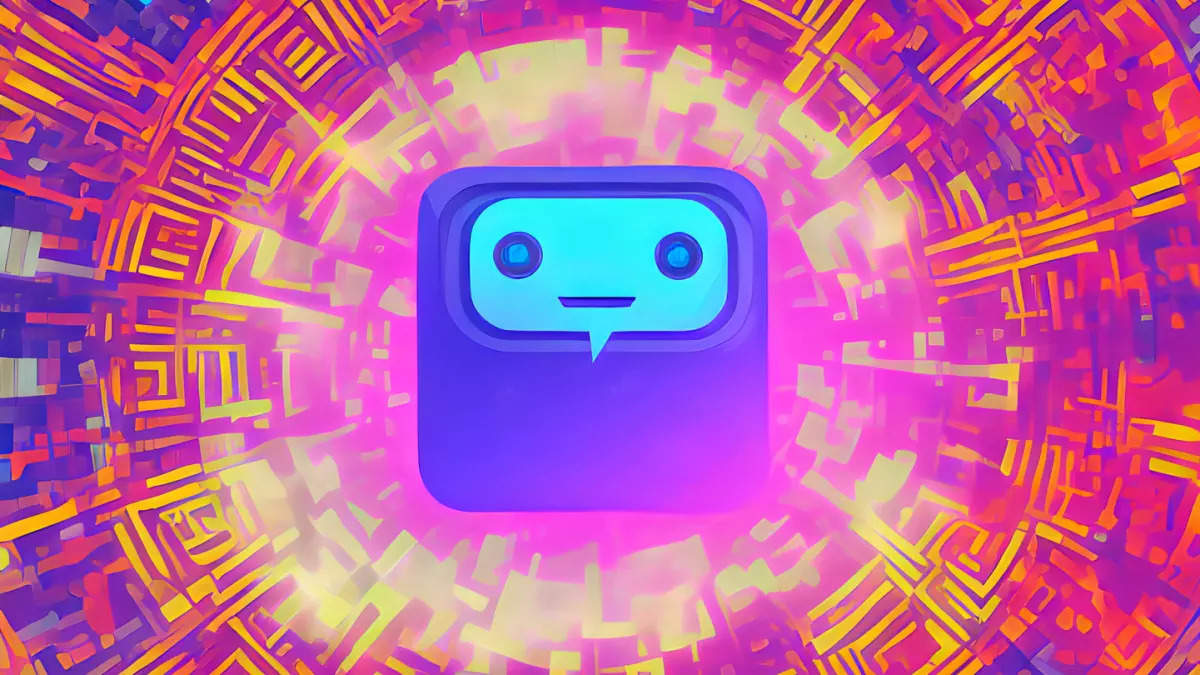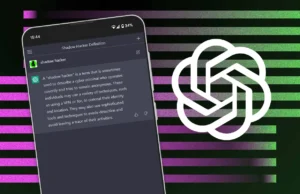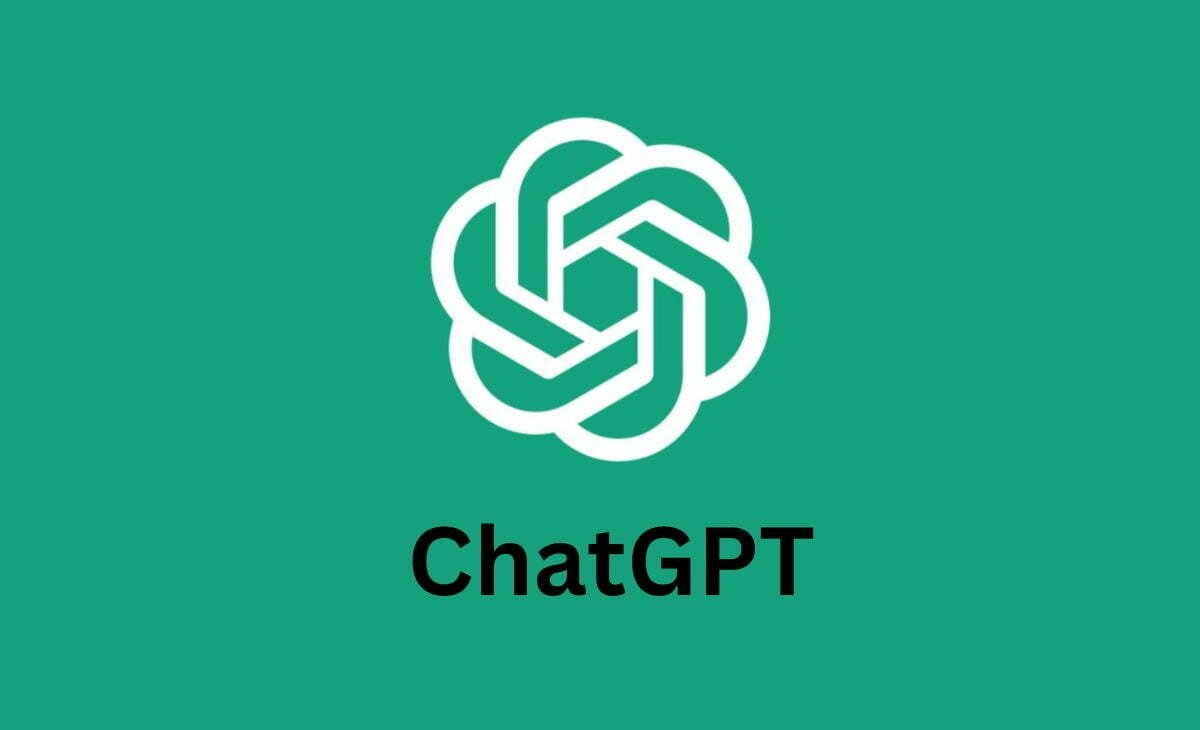
(AI) stands at the forefront, revolutionizing how we interact with technology. Among the myriad of AI advancements, one particularly notable innovation is ChatGPT. Developed by OpenAI, ChatGPT represents a remarkable leap forward in natural language processing (NLP) technology. In this comprehensive guide, we delve into the intricacies of ChatGPT, exploring its capabilities, applications, and potential impact on various industries.
What is the GPT chat application?
As of my last update in January 2022, there isn’t a specific “GPT chat application” that I can refer to. However, it’s possible that since then, various developers or companies may have created chat applications that utilize GPT (Generative Pre-trained Transformer) models, such as those developed by OpenAI.
GPT models are designed to generate human-like text based on the input they receive. They can be integrated into chat applications to provide conversational abilities. These applications typically work by users inputting text, and the GPT model generating responses based on the input, aiming to simulate a conversation with a human.
Such applications can have various use cases, ranging from customer service chatbots to virtual assistants and even entertainment purposes. If there’s a specific GPT-powered chat application you’re referring to, I’d need more information to provide details about it.
Make your life easier with Chat GPT
- Information Retrieval: Need quick facts, definitions, or explanations? Just ask! I can provide information on a wide range of topics.
- Language Assistance: Struggling with writing, grammar, or language translations? I can help refine your text, offer suggestions, and even translate between languages.
- Idea Generation: Stuck on a problem or need inspiration? Describe your issue or topic, and I can offer ideas, brainstorming prompts, or creative solutions.
- Learning Assistance: Whether you’re studying for exams or exploring new subjects, I can provide explanations, clarify concepts, and answer questions.
- Task Automation: From generating reports to simplifying repetitive tasks, I can help automate processes, saving you time and effort.
- Entertainment and Relaxation: Want to unwind or have some fun? I can tell jokes, share interesting facts, or even engage in role-playing games.
- Personal Assistant: Set reminders, manage schedules, or organize your tasks with my help. Just let me know what you need!
How can I use GPT chat?
To use a GPT chat application or integrate a GPT model into your own project for chatting purposes, you typically follow these general steps:
- Choose a GPT Model: Decide which version of the GPT model you want to use. As of my last update, popular versions include GPT-2 and GPT-3, developed by OpenAI. These models vary in size, capabilities, and requirements.
- Access the Model: If you’re using an existing GPT-powered chat application, you may simply need to download or access the application through a website or platform. If you’re integrating a GPT model into your project, you’ll need to obtain access to the model through an API provided by OpenAI or another provider.
- Input and Output: In a chat application, users input text messages, and the GPT model processes these inputs and generates responses. If you’re integrating the model into your project, you’ll need to send text inputs to the model through the API and receive the generated responses.
- Handling Responses: Once you receive a response from the GPT model, you can display it to the user in your application’s interface. You may also need to handle any errors or special cases, such as when the model doesn’t provide a satisfactory response.
- Optional: Fine-tuning: Depending on your use case, you might want to fine-tune the GPT model on specific data relevant to your application. Fine-tuning can help the model generate more accurate or contextually appropriate responses for your specific use case.
- Deployment: If you’re building your own chat application, you’ll need to deploy it to a server or platform where users can access it. Ensure that your deployment setup can handle the computational requirements of running the GPT model efficiently.
Advantages of GPT chat
Using GPT (Generative Pre-trained Transformer) for chat applications offers several advantages:
- Natural Conversation Flow: GPT models are trained on large amounts of text data, enabling them to generate responses that mimic natural human conversation. This helps in creating engaging and realistic chat experiences.
- Scalability: GPT-based chat systems can handle a large number of concurrent users, making them suitable for applications with high traffic volumes such as customer support services or social media platforms.
- Versatility: GPT models can be fine-tuned for specific domains or tasks, allowing developers to tailor chat experiences to different use cases. Whether it’s providing customer support, answering questions, or offering personalized recommendations, GPT can adapt to various contexts.
- 24/7 Availability: Unlike human agents, GPT-based chatbots can operate round-the-clock without the need for breaks or shifts, providing users with instant responses whenever they need assistance.
- Consistency: GPT ensures consistency in responses, as it generates replies based on learned patterns rather than subjective factors like mood or fatigue.
- Cost-Effectiveness: Implementing a GPT-based chat solution can be cost-effective compared to hiring and training human agents, especially for tasks that involve repetitive inquiries or tasks.
- Multilingual Support: GPT models can be fine-tuned to support multiple languages, enabling chat applications to cater to a global audience without the need for separate language-specific implementations.
- Continuous Improvement: GPT models can be updated and fine-tuned with new data over time, allowing chat applications to evolve and improve their performance based on user feedback and changing requirements.
- Reduced Response Time: With the ability to process and generate responses quickly, GPT-based chatbots can significantly reduce response times compared to traditional support channels, leading to higher user satisfaction.
- Integration: GPT models can be integrated seamlessly into existing chat platforms, APIs, or applications, making it easier for developers to incorporate conversational AI capabilities into their products or services.
How to use the GPT chat application
Using a GPT-based chat application typically involves the following steps:
- Access the Application: Visit the website or platform where the GPT chat application is hosted. This could be a dedicated website, a messaging app, or an integrated feature within a larger application or service.
- Initiate the Conversation: Start the conversation by typing a message or question into the chat interface provided by the application. This could be anything you’d like to ask or discuss.
- Receive Response: After you’ve entered your message, the GPT model processes it and generates a response based on its understanding of the input and the patterns it has learned from its training data. The response will typically appear in the chat interface.
- Continue the Conversation: Continue the conversation by responding to the GPT’s message or asking follow-up questions. The chat application should allow for a back-and-forth exchange of messages, similar to chatting with a human.
- Explore Features: Depending on the capabilities of the GPT chat application, you may have access to additional features such as asking for information, receiving recommendations, or even playing games.
- Provide Feedback (Optional): Some GPT chat applications allow users to provide feedback on the responses they receive. This feedback can be used to improve the performance of the model over time.
- Logout or Exit (Optional): When you’re done using the chat application, you can simply close the chat window or log out if there’s a user account associated with the application.
Explanation of chat gpt opening an account
As an AI developed by OpenAI, I don’t have the capability to directly generate or embed links. However, I can guide you on where to find relevant information.
- ChatGPT Platforms: Platforms like Discord, Slack, and various chatbot services often integrate ChatGPT. You can explore these platforms directly through their websites:
- Sign Up/Login: Once you’ve chosen a platform, look for the sign-up or login options on their respective websites. These are usually prominently displayed on the homepage.
- Access ChatGPT: After signing in, navigate to the chat feature. Depending on the platform, this could be a designated chat window, a chatbot interface, or an integrated chat function.
- Initiate Interaction: Start a conversation with ChatGPT by typing a message or initiating a prompt. Explore the capabilities of ChatGPT within the platform.
- Customization: Check the platform’s settings or preferences to see if there are options to customize your ChatGPT experience. This could involve adjusting settings, providing feedback, or configuring preferences.
- Security and Privacy: Review the platform’s privacy policy and terms of service to understand how your data is handled and ensure you’re using a reputable service.
By exploring these platforms and features, you can effectively open an account and engage with ChatGPT.

Download and install GPT chat on iPhone
Here’s how you might be able to use GPT-based chat on your iPhone:
- Messaging Platforms: Some messaging platforms integrate AI chatbots powered by GPT technology. For example, you might find GPT-based bots on platforms like Discord, Slack, or even Facebook Messenger. You can download these apps from the App Store and then access the chat features within them.
- Third-Party Chat Apps: There might be third-party chat applications available on the App Store that incorporate GPT technology. You can search for chat apps that mention AI or chatbots in their descriptions.
- Web-Based Interfaces: Many websites offer chat interfaces powered by GPT technology. You can access these websites using your iPhone’s web browser (Safari) and interact with the chat feature directly on the site.
- OpenAI’s ChatGPT API: Developers can integrate OpenAI’s ChatGPT into their own applications using OpenAI’s API. If you’re a developer or if you come across an app that uses OpenAI’s API for chat functionality, you can use that app to access GPT-based chat.
- Future Apps: OpenAI or third-party developers may release dedicated apps for GPT-based chat in the future. Keep an eye on updates from OpenAI and other developers on the App Store.
Frequently asked questions about Chatgpt
Here are some frequently asked questions (FAQs) about ChatGPT:
- What is ChatGPT?
- ChatGPT is an AI-powered chatbot based on the GPT (Generative Pre-trained Transformer) architecture. It’s designed to simulate human-like conversation by generating text responses to user inputs.
- How does ChatGPT work?
- ChatGPT works by processing user inputs and generating responses based on the patterns it has learned from its training data. It uses deep learning techniques to understand context and generate coherent and relevant text.
- What can I use ChatGPT for?
- ChatGPT can be used for various purposes, including answering questions, providing recommendations, engaging in casual conversation, and assisting with tasks like scheduling or brainstorming ideas.
- Is ChatGPT capable of understanding context?
- Yes, ChatGPT is designed to understand context to a certain extent. It uses the context of previous messages in a conversation to generate responses that are relevant and coherent.
- Can I customize ChatGPT for specific tasks or domains?
- Yes, you can fine-tune ChatGPT on specific data or topics to make it more proficient in certain domains. Fine-tuning involves training the model on additional data related to the desired task or domain.
- Is ChatGPT’s conversation safe and appropriate?
- ChatGPT aims to generate safe and appropriate responses, but it’s not perfect. Users should be aware that the model’s responses are based on the data it has been trained on, which may include biases or inaccuracies.
- How do I interact with ChatGPT?
- You can interact with ChatGPT by typing messages or prompts in the chat interface provided by the application or platform where it’s deployed. ChatGPT will then generate responses based on your inputs.
- Is ChatGPT capable of learning from interactions?
- ChatGPT doesn’t learn or improve from individual interactions in real-time. However, developers can periodically update and retrain the model on new data to improve its performance over time.
- Where can I find ChatGPT?
- ChatGPT may be available on various platforms, including chat applications, websites, and APIs provided by developers or organizations that deploy the model.
- What are the limitations of ChatGPT?
- ChatGPT has limitations in understanding complex contexts, providing accurate information on specialized topics, and avoiding biases present in its training data. Users should be cautious and critically evaluate its responses.




2 Comments